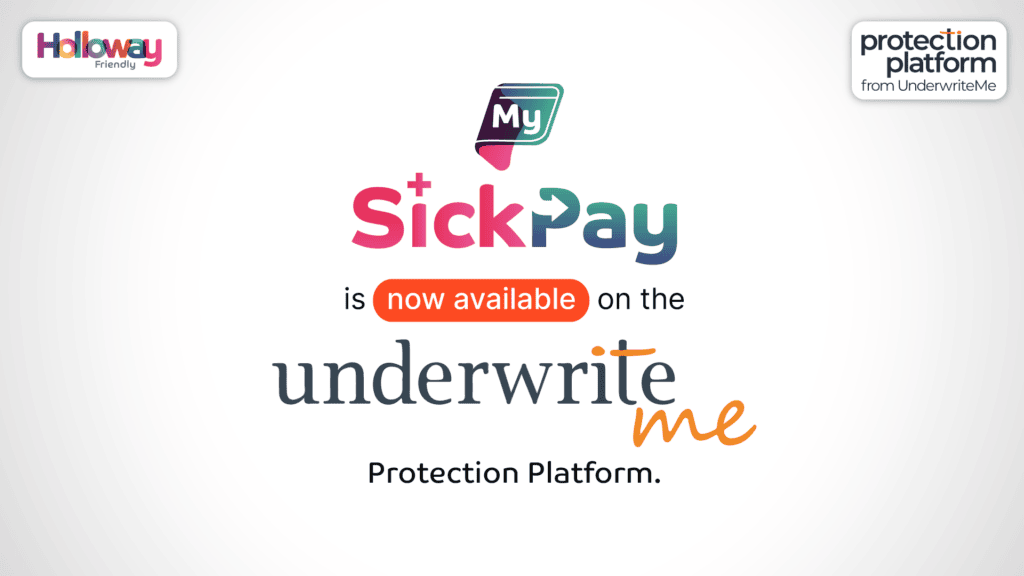November 15, 2018
Becoming an e-Protection adviser
The 2014 Fidelity Advisor Insights study (updated in 2016 ) suggested that advisers who embraced technology were significantly more successful than their more traditional competitors. On average, these “e-advisers” had 40% more funds under management and 74% of those surveyed believed their use of technology had helped them grow their business.
Fidelity outlined 6 steps which take advisers from paper pauper to tech triumph (my words, not theirs), which include:
- Reaching out to clients and prospects electronically. Communicating with clients on social media; automating email alerts; promoting practices on social media.
- Creating a virtual work environment. Using on-the-move tools like tablets to view financial information; transacting on mobile devices; using video or online conferencing.
- Introducing capabilities to enhance operational efficiencies. Adopting administrative tools to automate workflows; employing a platform to collaborate with clients; utilizing risk and compliance tools, eSignature.
- Providing clients with a dynamic view of their financial situation. Using data aggregation and visualization capabilities to produce interactive and/or visual reports.
- Keeping your team up-to-date on investor interactions. Utilizing software to store client data and track client and prospect interactions; providing cloud-based storage.
- Improving the client experience with online access to information. Online access to, and eDelivery of statements and reports.
We thought we would look at some simple steps to take this electronic advantage into the world of protection, with our top tips on becoming an e-Protection adviser. Here they are:
- Ditch quick quotes in favour of underwritten premiums. In the old world, advisers get a quick quote from a whole bunch of insurers which takes little or, more often, no account of their health and lifestyle. Outside of the cloistered world of protection, this is seen as barmy; imagine getting a quote for your car insurance before you’ve been asked what car you drive, how many points are on your licence or where you’ll park it overnight. Apart from the nonsensical premise of quick quotes, there is a wider debate about whether this is in fact misleading to clients. We know that a large percentage of customers don’t get the “standard” premium, so why dangle that particular carrot only to disappoint them later in the journey? Those of you who remember Bullseye will relate when I say it’s like showing the client what they could have won.
- Get a view of how insurers will underwrite a medical condition without hitting the phones. Most people under the age of 30 aren’t even aware that phones can be used for verbal conversation and repetitive ring rounds seem more and more anachronistic. If your client has a condition or a lifestyle choice which might make them more interesting to an underwriter, technology can show you a view of the market on one screen, making your advice and their choice faster and more accurate.
- Tap into the data to look at more than just price. Most advisers already do this of course, but many still rely on literature from insurers or their own experience to inform customers of the key differences between insurer A’s critical illness policy and insurer B’s ostensibly identical plan. Myriad tools now make this job easier, with greater transparency and without the risk of your knowledge is behind the changes in the market. Compliance outputs from these systems can show your clients that you’ve done your homework and considered their individual needs – not to mention help you conform to the new Insurance Distribution Directive requirements for making a personalised recommendation. Take that Mr and Mrs Price Comparison Website.
- Tailor your process to suit the way you advise. Larger firms and networks, in particular, should be dictating to insurers the way their sales journey should look. In the past, insurers have created the buying process and presented it as a fait accompli to distributors. In no other market would this fly; think Sony telling John Lewis how to arrange their stores or operate their website.
- Avoid duplication of effort. Ultimately this is what a good piece of technology should achieve: ask what you need to ask once, get multiple results and make multiple sales without needing to do it all again. This means only asking personal medical questions one time but being able to recommend products from a range of providers. When you buy three books from Amazon, they don’t ask for your credit card details three times because they have to serve multiple publishers, why should you do the equivalent for protection business?
Obviously, we think our Protection Platform is a good way to become an e-Protection adviser and to improve the efficiency and profitability of your business, so go to www.underwriteme.co.uk to find out more.






